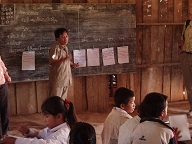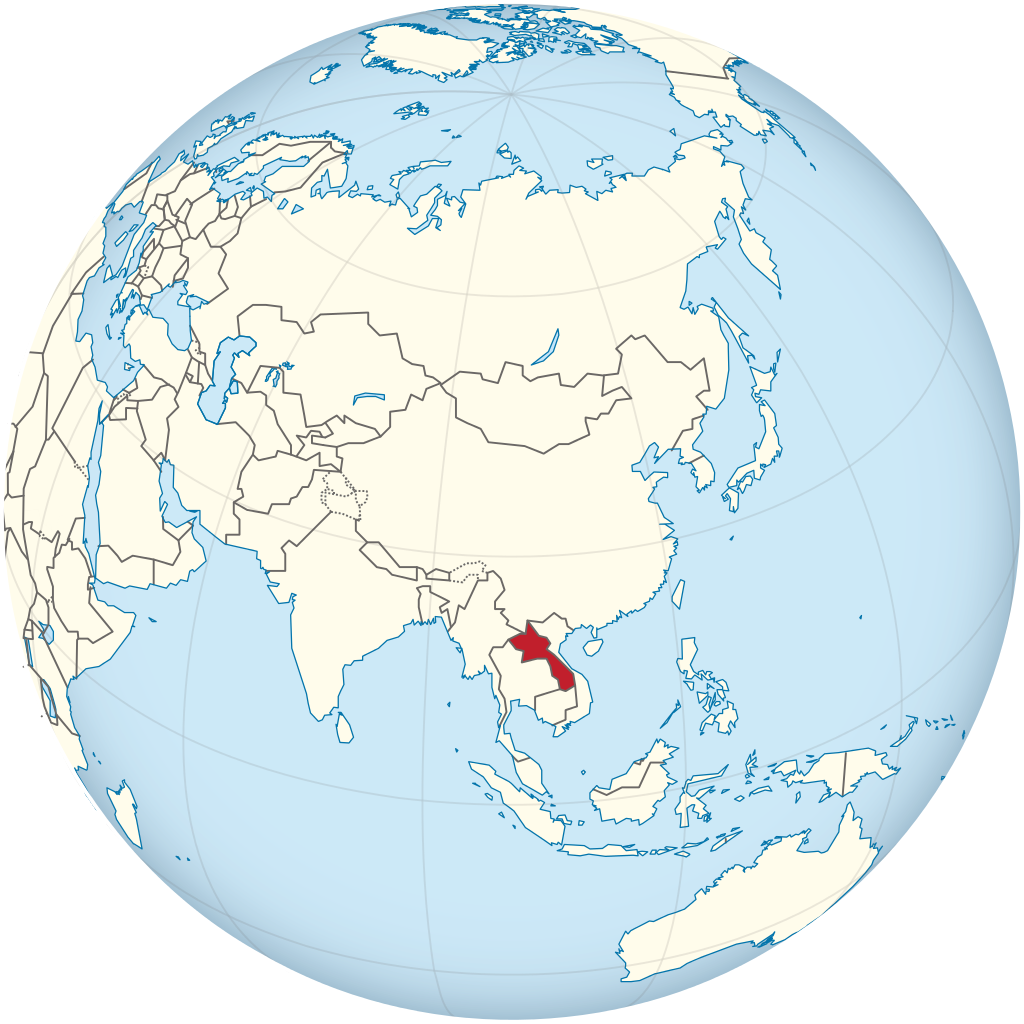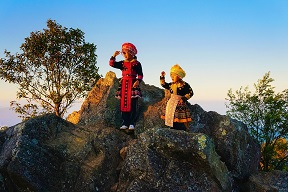'Secondary Education policy development'
11/02/2014
Laos Secondary Education Development Program(Education policy expert 2013): This program is funded by the Asian Development Bank (ADB) to enhance the quality of education in the Lao People's Democratic Republic (Lao PDR). The program aims to improve curricula, materials, textbooks, teaching techniques, and the effective use of ICT in education. These efforts are in line with the National Education Sector Reform Strategy (NESRS). Collaborating with a team of experts and consultants from the Philippines and Laos, we are actively involved in developing the policy and strategy for 'ICT in Education.' We utilize the PCM method to analyze problems, objectives, and potential approaches during workshops, which involve more than 50 participants from ministries, local governments, and schools.
ラオスでは小中校の教育の質向上が課題のため、アジア開発銀行(ADB)は カリキュラムと教材開発、教授法強化とICTを活用した, 国家教育改革戦略(NESRS)に基づく教育改善技術協力 SESDPを進めています。レデスはラオスのコンサルタントチームと「ICT活用」にかかる政策と戦略の策定を担当し, また中央・地方行政や学校代表50数名以上が参加するワークショップを企画運営し、問題・目的・アプローチ分析と戦略草案の策定をサポートしました。
Photo (from left) : Education Strategy Formulation Workshop, Analysis moderation, Teachers at Village Schools, Children at Village School 写真左より: 戦略策定ワークショップ風景, 分析モデレーション, 農村学校の先生 , 農村学校の子ら






What sort of country is Laos?
An Asian oasis filled with devout prayers and delicious meals.
Country Introduction: Laos is a landlocked country situated on the Indochina Peninsula, bordered by Vietnam, Cambodia, and Thailand. It is known for its Buddhist heritage and boasts a collection of impressive and vibrant temples. Despite covering around 60% of Japan's land area, Laos has a population of only 9 million people. The country's agricultural prosperity, attributed to its monsoon climate, has led to the development of a rich food culture. Similar to Japan, Laos has a strong rice-based culture, though it predominantly relies on glutinous rice as its staple food. Additionally, its cuisine prominently features the use of fresh vegetables. The people of Laos, influenced by their Buddhist and traditional values, uphold a sense of unity rooted in virtues of patience and tolerance.
お国紹介:インドシナ半島の ベトナム,カンボジア, タイに囲まれた内陸国で, きらびやかな寺院が印象的な仏教国です。国土は日本の60%ほどですが人口は900万人にすぎません。モンスーン気候の恩恵を受けた農業からは豊かな食文化が生みだされます。日本と同じく米文化ですが, もち米を主食とし, 新鮮な野菜をふんだんに使った料理が特徴的です。仏教文化と伝統文化のスピリットを受け継いだラオスの人々は, 忍耐と寛容を美徳とした教えが, ひとびとの連帯の心をはぐくんでいます。

Historical Stroll: In ancient times, Laos was famously referred to as the 'Land of a Million Elephants,' owing to its abundant forests and thriving elephant population. The nation holds a deep reverence for these majestic creatures, leading to numerous festivals and tourism offerings centered around them. In the mid-19th century, while under Thai rule, Laos aspired for independence and sought refuge under France's protection, which had expanded its presence across the Indochina Peninsula. As a consequence, Laos, alongside neighboring countries Vietnam and Cambodia, became a part of French Indochina, serving as a colony for approximately 70 years.
歴史散歩:その昔 ラーンサーン王国, 訳して<象百万石>と呼ばれたほど森と象に富んだラオスは, 象を深く敬愛し, 象にちなんだお祭りや観光資源も多いのです。19世紀半ばにタイ王国の支配下にあったころ、タイからの独立を望み, シナ半島に進出したフランスの庇護を求めたといいます。その経緯から隣国ベトナムやカンボジアとともに70年に及ぶフランス・インドシナ領植民地の下にはいりました。この時期はフランスの言語・芸術・食など多様な文化的影響を受けて豊かなシナ文化を開花させたといわれます。その後の1953年にラオスは独立を果たします。(右写真:サイニャブリーの象祭り)
Photos from left to right: Abundant ingredients with plenty of vegetables, Sleeping Buddha, rural temple, children in traditional costumes (©Michel Huteau) 写真左より 野菜たっぷりの豊かな食材 , 涅槃仏(Sleeping Buddha), 農村の寺院, 民族衣装の子ら(©Michel Huteau)





